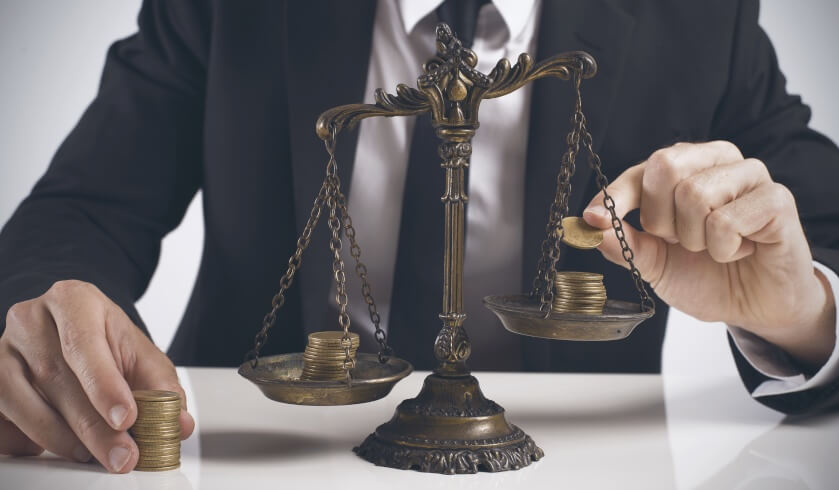Cash flow and compounding growth: ‘Balance’ makes a good portfolio
Smart Property Investment’s Phil Tarrant has successfully built a multi-property portfolio with a net equity worth around $2.49 million—a significant growth from an initial investment of $250,000. What are the challenges he faced throughout his wealth-creation journey and how did he overcome them?

After struggling with negative cash flow for a while, Mr Tarrant and his financial team were able to improve the overall cash position of his portfolio by 20 per cent within a year. The total holding cost significantly decreased from $57,000 to $46,000.
To continue reading the rest of this article, please log in.
Create free account to get unlimited news articles and more!
According to the investor: “We bring in immediate tax benefit and, I suppose, the depreciation as well, so the figures are significantly better. If we look back all the way from day one up until say today, over seven years, the overall negative cash flow is about $230,000.”
“If we take away all the tax benefits, it reaches all the way to about $120,000. Divide that by 17, 18 properties, that's not bad,” he added.
Overall, Mr Tarrant’s portfolio saw 39 per cent compounding growth over seven years.
However, having to pay $46,000 per annum is no small feat, which is why the investor continues to seek different ways to improve the cash flow of his portfolio.
One of the first strategies he implemented is looking into his mortgage rates. Based on the initial assessment done by his mortgage brokers, his option includes shifting from variable rates to fixed rates, drawing equity out from the existing assets or refinancing the mortgage.
Mr Tarrant’s financial team also recommended adding value to his properties through renovation and development or purchasing properties with development potential.
Investment priorities
Based on the $46,000-per-annum negative cash flow, the investor only needs to shell out less than $4,000 on a monthly basis. The number already takes into account all the costs—purchase price and the leverages associated to it, renovation costs and all the incidental costs.
Considering that the portfolio has grown to be a ‘big machine’ with 18 units, townhouses and freestanding houses spread across Australia, $4,000 a month doesn’t sound too much of a cost. Moreover, it already takes into account all the costs.
However, ideally, the portfolio should sit on a neutral or positive cash flow position, Mr Tarrant said.
The investor highlighted: “Is it hurting us right now to be carrying $46,000? Yes, it does. $46,000 over 18 properties, a couple of grand each a year—it's not a huge amount of money but I'd prefer that to be neutral.”
Indeed, cash flow should be among the top priorities for investors. Some might even say ‘cash flow is king’, which is why it’s important to mitigate all financial loss as much as possible.
What can the investor do about it? Mr Tarrant could improve his cash flow by decreasing mortgages, increasing rents or acquiring more properties.
At the end of the day, the strategies you can implement will be limited to the structure you invest in. In Mr Tarrant’s case, for example, there are costs that he simply cannot avoid, like land tax.
According to Keshab Chartered Accountant’s Munzurul Khan, this is where other investment priorities come in—growth, asset protection and long-term plans.
The accountant explained: “Some of those mechanisms are a little bit more pricey. We've got a structure where asset protection is very high. We've got a structure where diversification and succession planning is there.”
“The other side of that equation is that the cost is just slightly higher. But, as an investor, the way I see it is ‘How much have we started our entire portfolio? What's the value that we have at the moment? What is our growth?’ ” he added.
Longevity of portfolio
Seven years ago, Mr Tarrant started with an initial investment worth $250,000. It has since grown to become a multi-property portfolio worth $2.49 million-portfolio. Overall, the investor has successfully achieved 39 per cent compounding growth or return, Mr Khan highlighted.
Ultimately, the goal for the investor now is to continue growing his portfolio by maximising the opportunities present and setting himself up to take advantage of any upcoming growth in the property market.
Cash flow and capital growth both play important roles in the growth of his portfolio and, so far in less than a decade, Mr Tarrant and his team has made smart decisions that led to impressive results.
Moving forward, they want to maintain the balance between the two in order to continue thriving in the wealth-creation venture for the long-term.
“Numbers are numbers and our numbers are very good. We can sit around here and pat ourselves on the back but it's about what we do from here going forward. Creating the portfolio, to begin with, is actually relatively simple. It's about controlling it and giving yourself longevity,” Mr Tarrant concluded.
Tune in to Phil Tarrant's latest portfolio update on The Smart Property Investment Show to know more about the strategies he's looking to implement in order to improve his multi-property portfolio.

